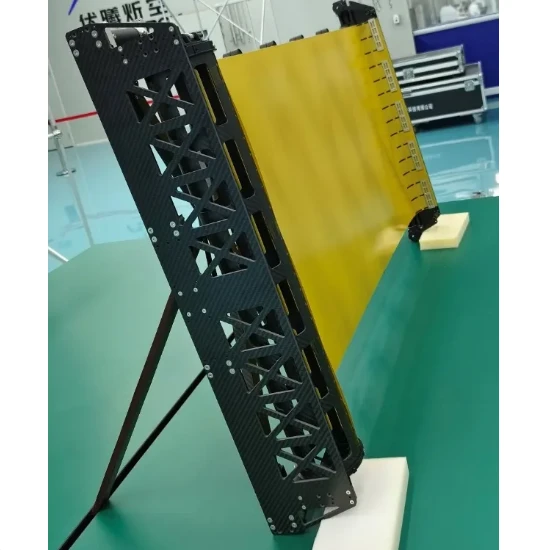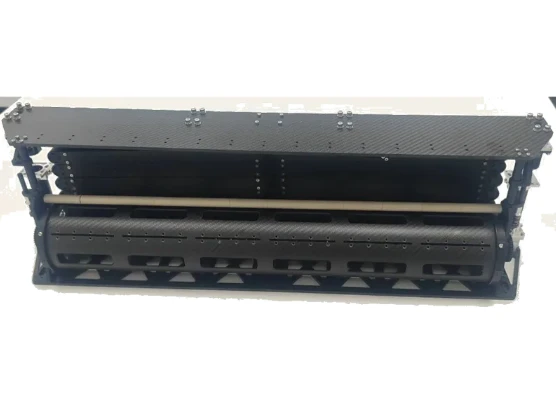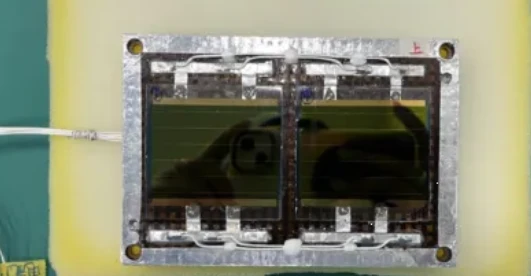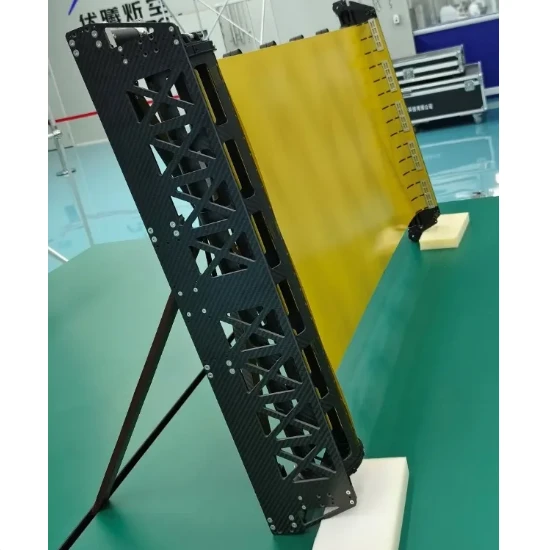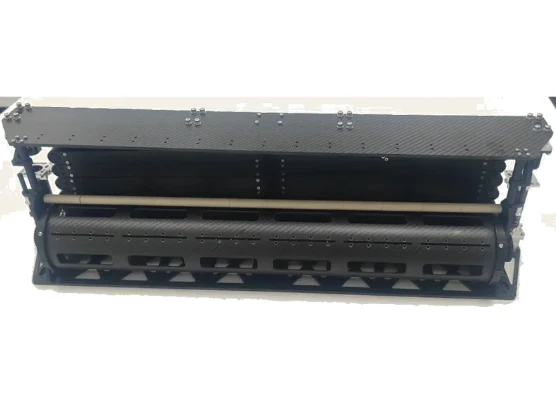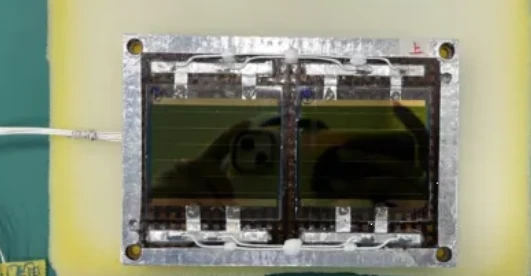
- Afrika
- basa Albania
- Amharik
- Arab
- Arménia
- Basa Azerbaijan
- Basque
- Bélarus
- Benggala
- Bosnia
- basa Bulgaria
- Katalan
- Cebuano
- Cina
- Korsika
- Kroasia
- Ceko
- Denmark
- Walanda
- Inggris
- Ésperanto
- Éstonia
- Finlandia
- Perancis
- Frisian
- Galician
- Georgian
- Jerman
- Yunani
- Gujarati
- Kréol Haiti
- Hausa
- Hawai
- Ibrani
- No
- Miao
- Hungaria
- Islandia
- igbo
- basa Indonésia
- Irlandia
- Italia
- Basa Jepang
- basa Jawa
- Kannada
- kazakh
- Khmer
- Rwandan
- Koréa
- Kurdi
- Kirgiz
- Buruh
- Latin
- Lativia
- Lituania
- Luksemburg
- Makedonia
- Malagasy
- Malayu
- Malayalam
- Malta
- Maori
- Marathi
- Mongol
- Myanmar
- Nepali
- Norwegia
- Norwegia
- Occitan
- Pashto
- Pérsia
- Polandia
- Portugis
- Punjabi
- Romania
- Rusia
- Samoan
- Gaelik Skotlandia
- Sérbia
- Inggris
- Shona
- Sindhi
- Sinhala
- Slowakia
- Slovénia
- Somali
- Spanyol
- Sundanese
- basa Swahili
- Swédia
- Tagalog
- Tajik
- Tamil
- Tatar Sunda
- Telugu
- Thai
- Turki
- Turkmén
- Ukrania
- Basa Urdu
- Uighur
- Uzbek
- Vietnam
- Welsh
- Tulung
- Yiddish
- Yoruba
- Zulu
Perovskite Solar Cell Vs Traditional Silicon Solar Panel Comparison
As the renewable energy market expands, consumers and industry professionals face more choices than ever. Among these, the decision between perovskite solar cells and traditional silicon solar panels is gaining significant attention. Understanding the key differences between these technologies helps buyers make informed decisions when they consider perovskite solar panels for sale or conventional solar options.
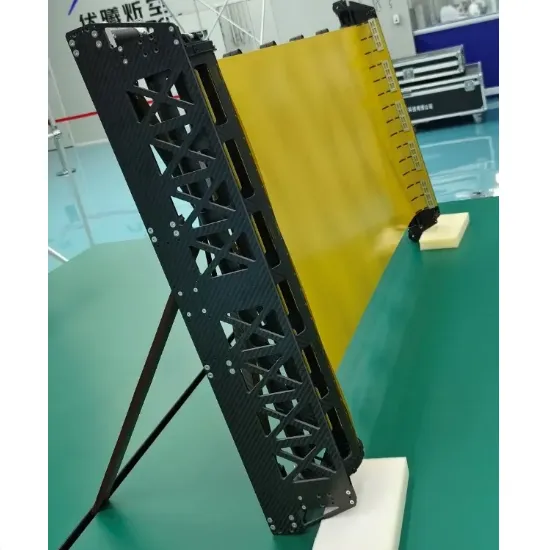
Efficiency And Performance Differences
One of the primary advantages of perovskite solar cells lies in their impressive perovskite solar cell efficiency. Laboratory tests have shown perovskite cells reaching over 25% efficiency, rivaling or exceeding traditional silicon solar panels. The unique crystal structure of perovskite solar materials allows better light absorption and faster charge carrier movement.
Traditional silicon panels, while proven and reliable, typically operate at efficiencies around 15–22%. However, silicon panels benefit from decades of manufacturing improvements and extensive field data confirming their durability and consistent performance.
Manufacturing And Material Considerations
Perovskite solar panels boast simpler, lower-temperature production methods compared to silicon panels. This translates to potentially lower manufacturing costs and reduced environmental impact. Additionally, perovskite in solar cells can be fabricated on flexible substrates, enabling lightweight and versatile module designs such as perovskite solar cell modules for portable or curved applications.
Silicon panels require high-purity silicon wafers and energy-intensive fabrication processes. They are typically rigid and heavier, limiting installation options but providing proven robustness.
Durability And Longevity
Traditional silicon solar panels are renowned for their long lifespan—often 25 years or more with minimal efficiency degradation. This longevity is a key factor in their widespread adoption.
Perovskite solar cells for sale, while rapidly advancing, still face challenges in stability and environmental resistance. Researchers are actively working on encapsulation techniques and material improvements to enhance the lifespan of perovskite solar panels to levels comparable with silicon.
Application Suitability And Flexibility
Perovskite solar panels excel in applications where flexibility, lightweight design, and high power-to-weight ratio are critical. This includes integration into building materials, wearable electronics, and portable power solutions. The emerging market for perovskite solar cell DIY kits further demonstrates their adaptability.
Silicon panels remain the preferred choice for large-scale solar farms, residential rooftops, and commercial installations due to their proven track record and reliability.
Choosing between perovskite solar cells and traditional silicon solar panels depends on your specific needs and priorities. While silicon offers a mature, durable option, perovskite solar panels bring exciting advances in efficiency, cost, and form factor flexibility.
As perovskite solar cell efficiency improves and commercial availability increases, buying perovskite solar panels becomes an attractive option for innovative projects and emerging applications. Whether you are a homeowner, researcher, or business, staying informed about both technologies will help you make the best sustainable energy investment.
Ieu artikel munggaran






